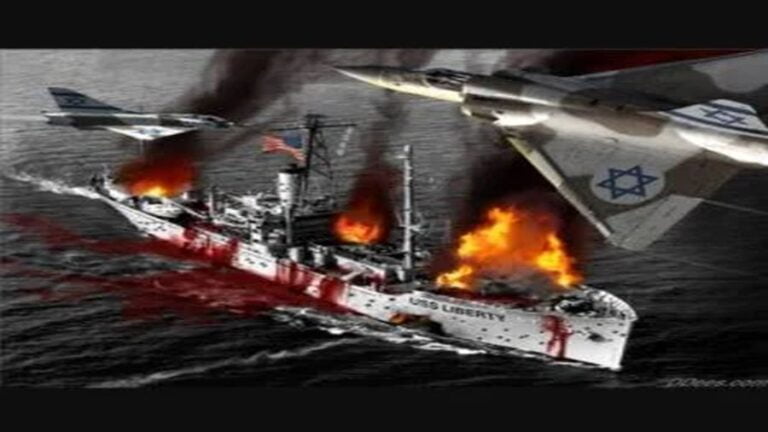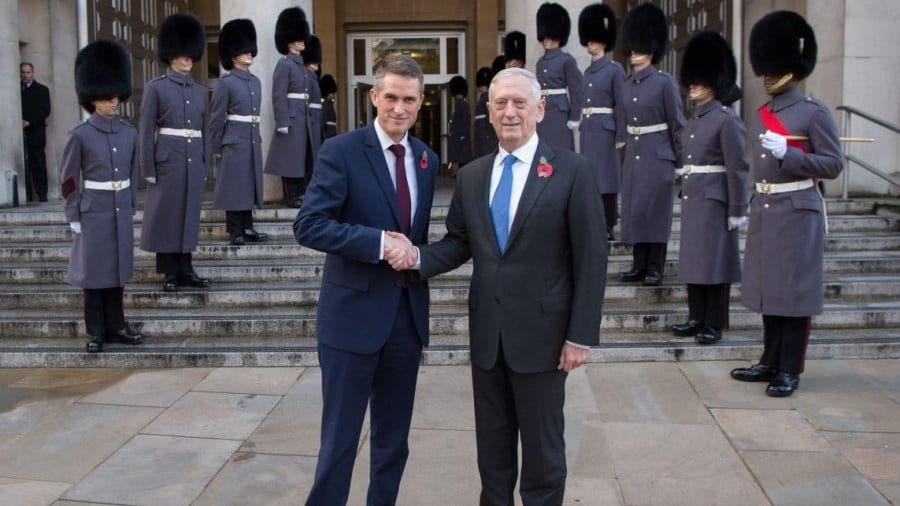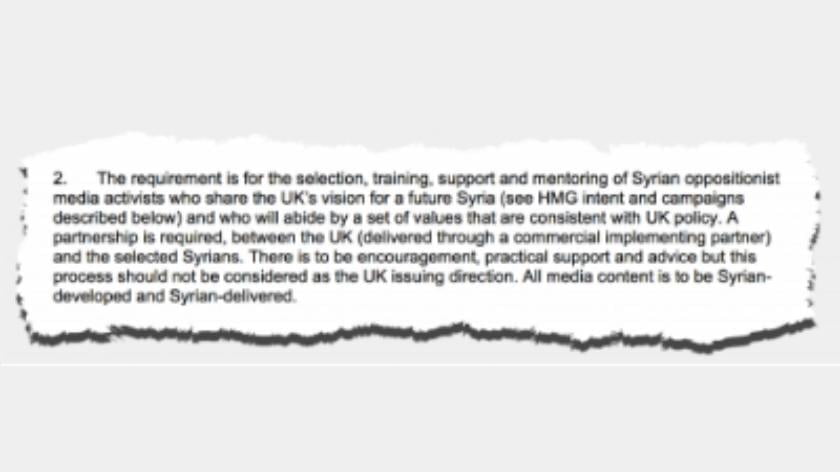Australian Government Lines Up Behind US Threats to North Korea and China
On the pretext of responding to North Korea’s July 4 missile test, the Australian government has aligned itself explicitly behind the Trump administration’s military threats against North Korea and backed Washington’s ramped-up demands against China.
In a joint media statement yesterday, Prime Minister Malcolm Turnbull and Foreign Minister Julie Bishop blamed Pyongyang, not the US, for the war danger on the Korean Peninsula, despite the long history of successive US administrations reneging on de-nuclearisation deals with North Korea and threatening the small, impoverished country militarily.
Turnbull and Bishop sensationalised the threat presented by North Korea’s limited military capacity, seeking to incite fears of an attack on northern Australia as a means of overcoming widespread public opposition to the US military aggression around the world.
In lockstep with the US administration’s own response, they branded Pyongyang’s launch of a long-range missile “a dangerous and provocative act that destabilises the region and directly threatens all nations within range of this offensive weapon.”
On the pretext of “defence,” the statement effectively pledged Australia’s involvement in any US-led military strike on Korea, which could trigger a nuclear war. “Australia supports defensive measures required to respond to the threat posed by North Korean offensive missiles,” it said.
The statement echoed Washington’s assertions that North Korea now constitutes a threat to the entire world and lined up behind the Trump administration’s demands that China impose crippling economic penalties against Pyongyang.
Turnbull and Bishop declared: “We again urge China to use its considerable leverage to rein in the dangerous behaviour of the North Korean leadership.”
They announced that Australia would go beyond UN sanctions, imposing financial, travel and other bans on North Korea’s “extractive industries,” its “shipping network” and designated individuals and entities.
Interviewed on Australian Broadcasting Corporation radio, Turnbull declared: “The prospect of a conflict on the Korean Peninsula is unthinkable but equally, you have to consider it … and recognise that only the strongest action from China can stop this dangerous escalation by North Korea, absent military action.”
Turnbull said that meant imposing the very harshest economic sanctions—cutting off power or gas, for example. “China is in a position to do all of those things,” he asserted.
Speaking from Grenada in the Caribbean, Bishop told Sky News: “The regime must get a global message that its behaviour is unacceptable.” Military “options” had to be considered, even though “it would mean [the] assured destruction of North Korea.”
Their comments came on the eve of this week’s G20 summit in Germany, where Turnbull is expected to line up with Trump in countering opposition by China and Russia to escalating the confrontation with North Korea, as well as possible resistance by South Korea and the European powers.
Australia’s mass media outlets are doing everything they can to drum up support for the Liberal-National government’s provocative stance, mounting a scare campaign fed by wild speculation about possible North Korean missile strikes on Australian cities.
Likewise, the Labor Party opposition has rushed to offer bipartisan backing. Labor’s foreign affairs spokeswoman Senator Penny Wong said North Korea’s missile test represented “a risk to global peace and security and therefore the global community must respond appropriately.”
Canberra’s response follows a series of visits to Australia by senior figures within the US military-intelligence complex, insisting that the country must step up its commitment to the US military alliance, regardless of concerns about the instability and unpredictability of the Trump White House.
Those delivering the message have included Senate Armed Services Committee chairman John McCain, former National Intelligence Director James Clapper and ex-CIA director, military general David Petraeus and US Pacific Command commander Admiral Harry Harris.
There also has been a hysterical campaign, led by the intelligence agencies and prominent media outlets, to whip up an anti-Chinese sentiment in the Australian population, with unsubstantiated allegations of Chinese influence in political parties, the media and universities.
This witch hunt reflects concerns in both Washington and Canberra about popular opposition to involvement in disastrous American-led interventions and wars. A 2017 survey of public opinion by the Lowy Institute, a strategic think tank, found a clear majority opposed to participation in a war against China or Russia, or any involvement in a war on the Korean Peninsula.
Washington has its own very extensive network of pro-US elements in the political establishment, business, the media and the military-intelligence apparatus to prevent any shift by Australia from its strategic alignment with the US as China has become the country’s largest export market.
Washington regards Australia an essential post in the Indo-Pacific region, hosting critical war-related communications and surveillance facilities, such as the Pine Gap base in central Australia, and providing Marine, air and naval bases for US forces.
The expanding scope of this integration into US war preparations is being underscored by the latest biennial Talisman Sabre military exercises, involving more than 33,000 troops and other personnel across Australia, the Pacific and the US.
These are the largest-ever joint US-Australian exercises, featuring 21 ships, including the aircraft carrier USS Ronald Reagan, the new Bonhomme Richard Expeditionary Strike Group, and more than 200 aircraft.
According to a US Army media release, the month-long war games are being conducted from multiple locations in the US, including Hawaii’s Pearl Harbour, the San Diego Naval Base, Camp Atterbury, Indiana and the Pacific island of Guam; and at least 10 Australian locations—Darwin, Rockhampton, Amberley, Canberra, Enoggera, Fog Bay, the Coral Sea, and the Bradshaw, Shoalwater and Townsville Field Training Areas.
The exercises are rehearsing “Special Forces activities, amphibious landings, parachuting” and other offensive operations in the Asia-Pacific. Their stated purpose is to display the interoperability and “battle-readiness” of the US-Australia alliance, and send a threatening message to China.
Briefing journalists on board the USS Bonhomme Richard, Admiral Harris was asked how he thought China would view the exercises. He said the size of the deployment was intended as a signal. “I’m pleased about that message it sends our friends, allies, partners and potential adversaries,” Harris stated.
The admiral, an outspoken advocate of confronting China in the strategic South China Sea, added: “The Australia-US alliance matters more today than ever before. It matters to our two great nations. It matters to the Indo-Asia-Pacific. And, it matters to world. No one should doubt the staying power of this alliance.”
Acting in the closest concert with Washington, the Liberal-National government, backed by the media and the Labor opposition, is placing the Australian people at the forefront of a conflict with North Korea that could draw in nuclear-armed China and Russia, with catastrophic consequences.
By Mike Head
Source: World Socialist Web Site







